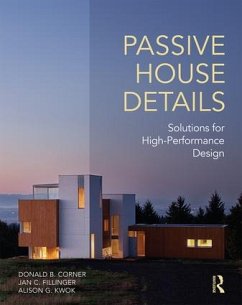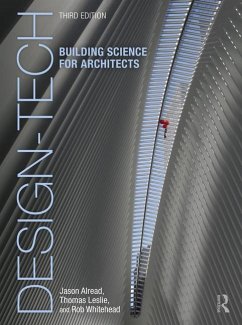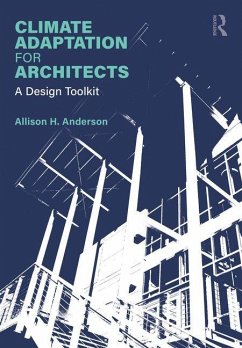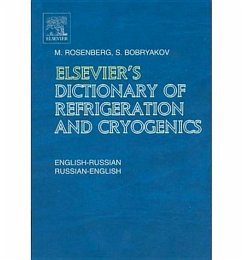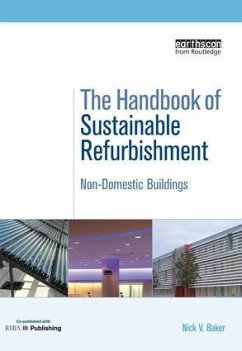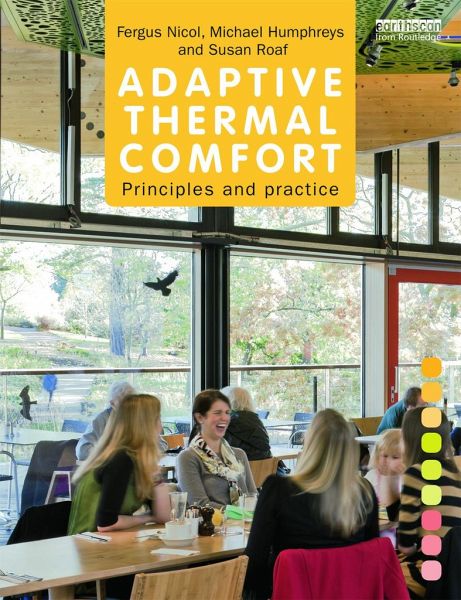
Adaptive Thermal Comfort: Principles and Practice

PAYBACK Punkte
32 °P sammeln!
In a world where fossil fuels are becoming scarcer and more expensive, and the climate more extreme, the challenge of designing comfortable buildings requires a new approach. This timely book provides just that. It explains, in a clear and comprehensible manner, how we stay comfortable by using our bodies, our minds and our buildings, and their systems, to adapt to indoor and outdoor conditions which change with the weather and the climate. The book is in two sections. The first introduces the Principles on which the theory of adaptive thermal comfort is based. The second explains how to use f...
In a world where fossil fuels are becoming scarcer and more expensive, and the climate more extreme, the challenge of designing comfortable buildings requires a new approach. This timely book provides just that. It explains, in a clear and comprehensible manner, how we stay comfortable by using our bodies, our minds and our buildings, and their systems, to adapt to indoor and outdoor conditions which change with the weather and the climate. The book is in two sections. The first introduces the Principles on which the theory of adaptive thermal comfort is based. The second explains how to use field studies to measure thermal comfort in Practice.






